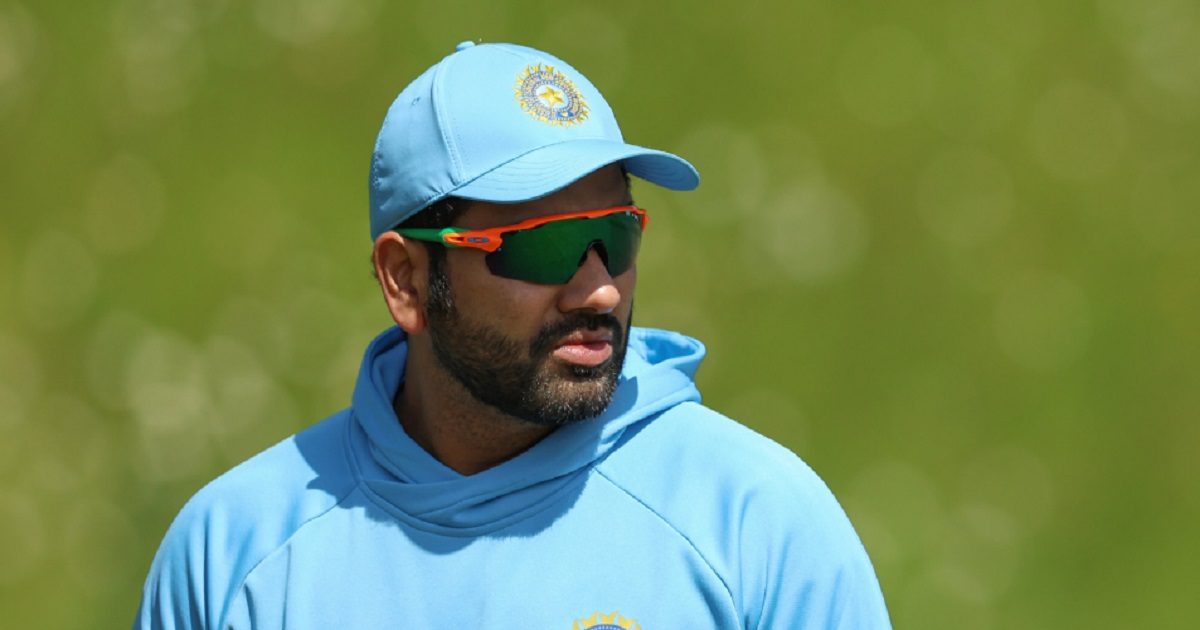[ad_1]
highlights
WTC Final will be played with major changes
ICC made changes in playing conditions from June 1
New Delhi. The final of the World Test Championship will be played between India and Australia at The Oval from June 7. Team India had cut the final ticket only after defeating Australia. In such a situation, even in the last match, it will be the effort of Rohit and Co. to thrash the Kangaroo team and end the drought of the ICC trophy. Last time India had to face defeat by 8 wickets at the hands of New Zealand in the final. Then Virat Kohli was the captain and now the command of Team India is in the hands of Rohit Sharma. In such a situation, India will have a chance to forget the wounds of that defeat and capture the WTC trophy.
The WTC Final between India and Australia will be played with some changes. The ICC has recently announced changes in the playing conditions after approving the recommendations of the Sourav Ganguly-led Men’s Cricket Committee and Women’s Cricket Committee. These playing conditions came into effect from the recently concluded Test series between England and Ireland and now the final of the World Test Championship will be played under this playing condition.
The biggest change that the ICC has made in the playing condition is regarding the soft signal. The soft signal rule will not be used in the WTC Final. That is, the field umpire will not have the right to give a ‘soft signal’ before referring the decision to the TV umpire. Earlier, if the field umpire took the help of the third umpire to reach the result in case of a catch, he had to give a soft signal first. But now this will not happen. Now the on-field umpire will be able to give a decision only after discussing with the TV umpire about the suspected catch. This rule has been implemented in international cricket from June 1.
What is soft signal?
During the match, when a fielder takes such a close catch, in which it is not clear that he has caught the ball cleanly. In such a situation, the field umpire takes the support of the third umpire to check that catch. However, before referring to the TV umpire, the on-field umpire has to give his decision in consultation with the fellow umpire. This is called soft signal.
After this, the TV umpire examines the catch from every angle with the help of the camera. During this, if he gets strong evidence of giving out to the batsman, then he declares the batsman out. But sometimes it happens that even in TV replays the picture is not clear and the third umpire is also unable to reach any conclusion. In such a situation, under the rules, the decision of the field umpire’s soft signal was considered final. There was a lot of controversy on this too.
Wearing helmet is mandatory from June 1
Under the change made by the ICC in the playing condition, from June 1, it has been made mandatory for players to wear helmets in risky conditions. Now the batter will have to compulsorily wear a helmet while facing the fast bowler. At the same time, when the wicketkeeper is standing near the stumps, he will also need to do this. At the same time, it will be mandatory for the player fielding at short leg or silly point close to the batsman to do the same.
In the WTC final between India and Australia, if the weather is not clear and there is no natural light to play the match, then the match can be played in floodlights. By the way, one day (June 12) has been kept as a reserve day for the WTC Final.
,
Tags: ICC, India vs Australia, World Test Championship Final, WTC
FIRST PUBLISHED : June 05, 2023
[ad_2]

